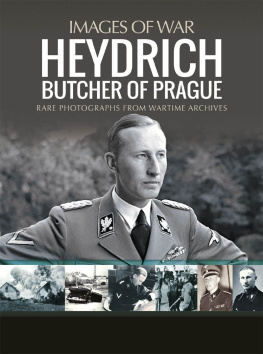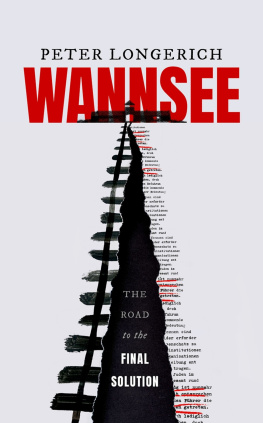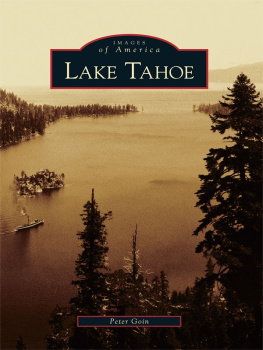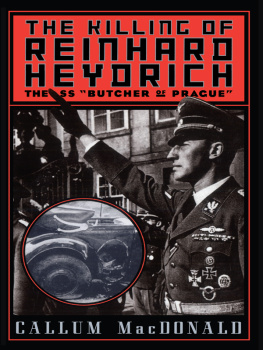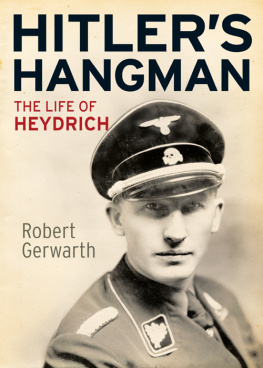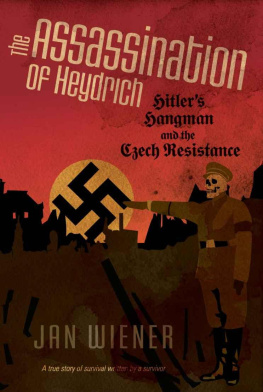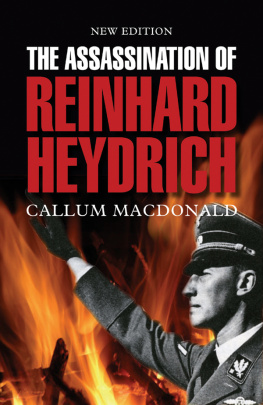PENGUIN BOOKS
THE VILLA, THE LAKE, THE MEETING
Lucid and compelling a remarkable book Saul Friedlnder, The Times Literary Supplement
Roseman tells the story as if he were unfolding a thriller, and the reader is left satisfied, perhaps understanding for the first time what Wannsee was really about, as well as a little more about how the great Nazi machine worked Julia Neuberger, Irish Times
Fascinating A lucid, penetrating and well-researched study This is probably the most persuasive summary so far Frank McLynn, Independent
Partly a mystery story a lively contribution to work on a terrifying period in history. It is no simplistic account chaos and uncertainty are the very stuff of history but, throughout the book, we are forced to recognize the very ordinariness of these men as we follow, step by step, the diverse routes they followed in their will to destroy Joanna Bourke, New Statesman
A gripping scholarly investigation Observer
There is, to my knowledge, no book that brings together more masterfully in less than 200 pages the daunting problems and massive research on the Holocaust that Mark Rosemans account of the notorious Wannsee Conference. Concise, accessible, yet comprehensive, this is a most illuminating study of the cold-blooded planning and execution of the most horrific crime of the twentieth century V. R. Berghahn
A painstaking and timely reminder of the Nazis uniquely revolting combination of murder, lies and bumbling ordinariness Eric Jacobs, The Times
ABOUT THE AUTHOR
Mark Roseman is Professor of Modern History at the University of Southampton. Educated at Cambridge and Warwick, he has published widely on many aspects of German history. His books include Recasting the Ruhr (1992), Generations in Conflict (1995) and The Past in Hiding (2000), which won the Fraenkel Prize in Contemporary History for 2000 and the Jewish QuarterlyWingate Literary Prize for Non-Fiction for 2001.
MARKROSEMAN
The Villa, the Lake, the Meeting
WANNSEE AND THE FINAL
SOLUTION

PENGUIN BOOKS
PENGUIN BOOKS
Published by the Penguin Group
Penguin Books Ltd, 80 Strand, London, WC2R 0RL , England
Penguin Putnam Inc., 375 Hudson Street, New York, New York 10014, USA
Penguin Books Australia Ltd, 250 Camberwell Road, Camberwell, Victoria 3124, Australia
Penguin Books Canada Ltd, 10 Alcorn Avenue, Toronto, Ontario, Canada M4V 3B2
Penguin Books India (P) Ltd, 11, Community Centre, Panchsheel Park, New Delhi 110 017, India
Penguin Books (NZ) Ltd, Cnr Rosedale and Airborne Roads, Albany, Auckland, New Zealand
Penguin Books (South Africa) (Pty) Ltd, 24 Sturdee Avenue, Rosebank 2196, South Africa
Penguin Books Ltd, Registered Offices: 80 Strand, London, WC2R 0RL , England
www.penguin.com
First published by Allen Lane The Penguin Press 2002
Published in Penguin Books 2003
Copyright Mark Roseman, 2002
All rights reserved
The moral right of the author has been asserted
Except in the United States of America, this book is sold subject to the condition that it shall not, by way of trade or otherwise, be lent, re-sold, hired out, or otherwise circulated without the publishers prior consent in any form of binding or cover other than that in which it is published and without a similar condition including this condition being imposed on the subsequent purchaser
ISBN: 978-0-14-192831-9
Contents
Acknowledgements
Thanks to all who provided helpful comments, suggestions or discussions, above all Hans-Christian Jasch, Norbert Kampe and Peter Klein, as well as Volker Berghahn, David Cesarani, Richard Evans, Christian Gerlach, Peter Longerich, K-D. Schmidt, Nicholas Stargardt, Peter Witte and my ever-helpful editor, Simon Winder. The staff at the Wiener Library, London and the Haus der Wannsee-Konferenz, Berlin (details of which can be found in English at www.ghwk.de) were particularly helpful in providing materials. Thanks, too, to Peter Robinson of Curtis Brown for his role in shaping the project. Some of the time writing this book was spent as a guest of Michigan State University, and I am very grateful for the hospitality I received. I am grateful also to the University of Southampton for allowing me the time to write the book.
My biggest debt is to Ann Larabee for our many helpful discussions, for valuable stylistic and structural advice particularly in the closing stages of writing, and for providing, along with Jacob, Abigail and Kate, the emotional centre that made writing possible. This book is dedicated to her.
1
Perhaps the most shameful document
It was in March 1947, collecting information for the Nuremberg trials, that staff of the US prosecutor made the discovery. Stamped Geheime Reichssache Secret Reich matter and tucked away in a German Foreign Office folder, were the minutes of a meeting. The meeting had involved fifteen top Nazi civil servants, SS and Party officials and had taken place on 20 January 1942, in a grand Berlin villa on the shores of Lake Wannsee. The US officials had stumbled across the only surviving copy of the minutes, no. 16 out of an original thirty.
The minutes, or Wannsee Protocol (in deference to the German term for minutes Protokoll), as they soon came to be known, consist largely of a presentation by the head of the Nazi security service and chief of the German security police, Reinhard Heydrich. Heydrich surveys the measures undertaken towards Jews up to 1941, counts up all the Jews remaining in Axis, occupied, neutral and enemy Europe, and outlines a plan to evacuate those Jews to the east. There is an extended discussion of how to deal with the half-Jew, the quarter-Jew, the Jew married to the gentile, the war-decorated Jew. While Heydrichs proposal is to comb Europe from west to east, the representative for the German administration of Poland makes a plea for the programme to begin in his patch. They had so many useless Jews in Poland. Despite the euphemism of evacuation, the minutes unmistakably contain a plan for genocide formulated in sober, bureaucratic language, deliberated on in civilized surroundings in a once cosmopolitan suburb of Berlin. Serious, intelligent men had conferred together and delved into the details of the half-Jew, the quarter-Jew.
In 1947 the man in charge of prosecuting the German ministries was Robert Kempner, a former German(-Jewish) civil servant who had emigrated to the US in the 1930s. When the Protocol was unearthed, Kempner rushed to his boss, General Telford Taylor, to show what he had found. Is such a thing possible? Taylor asked. There has never been a bleaker rendition of the orderly governance of murder. To this day the Wannsee Protocol remains the most emblematic and programmatic statement of the Nazi way of doing genocide.
Yet the Protocol is a deeply mysterious document. On the face of it, it captures the moment when the Nazis decided to eliminate the Jews. The prosecutors believed they had found the Rosetta stone of Nazi murder But historians have long argued that it cannot be what it seems. For one thing, Hitler was not there, and those present were too junior to decide on genocide. Above all, the timing seems wrong. The mass murder of Soviet Jews had begun half a year earlier. Jews had been gassed at Chelmno since early December 1941. The Belzec extermination camp was already under construction. So what then was the purpose of the gathering at Wannsee? Historians have rather struggled to deal with it.
Most have discounted the idea that a new plan had been tabled and have interpreted the meeting as an exercise in self-aggrandizement on the part of its convenor, Reinhard Heydrich. If this were correct, the Protocols historical significance would be simply that it offers a clear picture of matters long decided elsewhere. Yet such an interpretation, while understandable in view of the shootings and gassings under way, does little to explain the Protocols claim that the meeting was necessary to establish a comprehensive solution of the Jewish question and above all that at the time of the meeting that solution had not yet begun. Perhaps the biggest point of consensus among historians until recently, therefore, was, as Eberhard Jckel has



